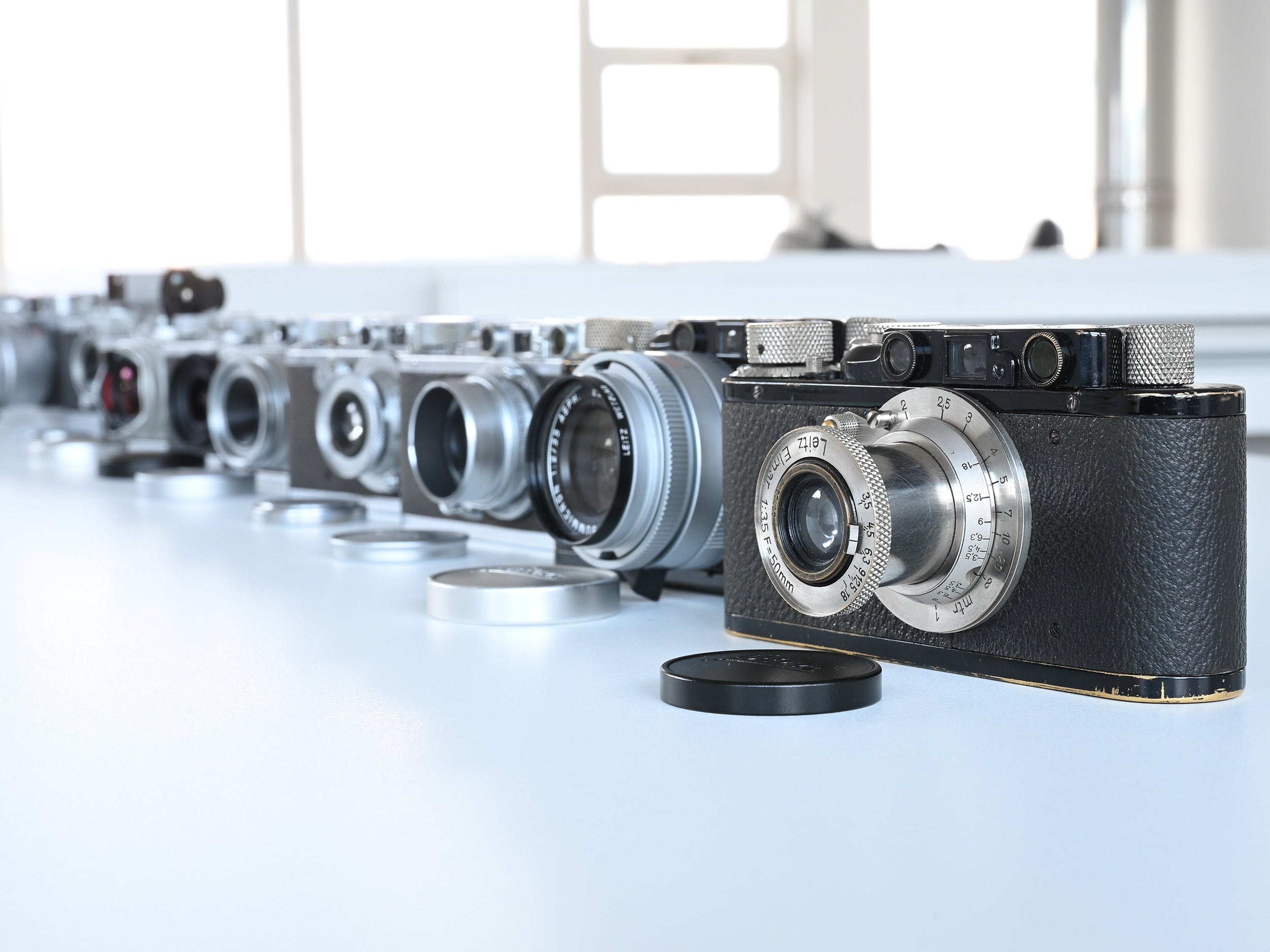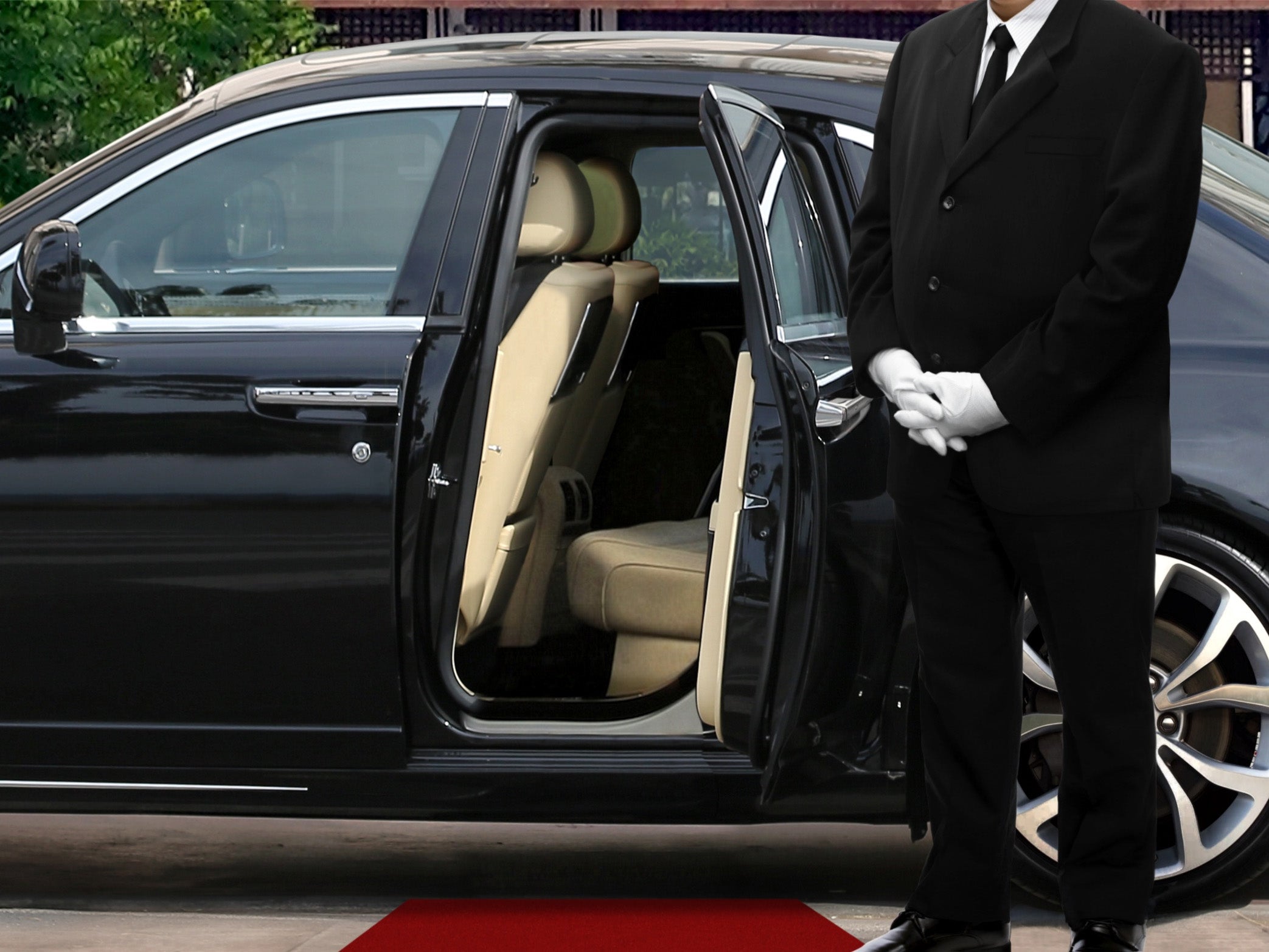
The development of Leica cameras: from analog to digital
The history of Leica Camera AG goes back to the middle of the 19th century. Today, the company plays a decisive role in shaping the photography market. But it was a long way from the first analog 35mm camera in 1924 to the modern digital technology of today. In this article, you can find out how Leica cameras have developed from analog to digital over the last 100 years.
The beginnings of the company
In 1849, Carl Kellner founded the Optical Institute in Wetzlar. After expansion, this company became Ernst Leitz Werke under the management of Ernst Leitz I. The company initially produced microscopes and later binoculars, episcopes, film cameras and other optical devices. In 1914, Oskar Barnack, then head of the development department for film cameras at Leica, designed two prototypes of a snapshot camera.
The first Leicas
After the First World War, the company was not doing so well. Nevertheless, Ernst Leitz II, who had taken over the company in 1920, decided to mass-produce the Barnack "Leica" 35mm camera in 1924. The Leica (later Leica I) was the first commercially successful 35mm camera in history and became an unexpected success. It was much more compact than any other camera at the time. With the Elmax, the Leica had a fixed, retractable 50 mm lens and made it possible to take 36 pictures in quick succession. In 1930, the Leica I with interchangeable thread and three interchangeable lenses came onto the market. This was followed in 1932 by the improved Leica II with a coupled rangefinder and additional lenses. It allowed seven different focal lengths. The Leica II quickly became the market leader among 35 mm cameras. In line with this, the company developed the Uleja, the first slide projector for the 35 mm format.
The Leica M series
Fortunately, Ernst Leitz GmbH remained unharmed during the Second World War. It was therefore able to resume production immediately after the end of the war. In 1953, the Zuse Z5, a programmable computer system, was installed. With its help, the Leica M3 was launched in 1954, which revolutionized 35 mm photography. It was equipped with a rangefinder for precise manual focusing and a quick-change lens bayonet. The M3 was light and compact, making it ideal for mobile use. The compatibility of the previously sold lenses was largely retained. By 1967, the Leica M3 had been produced over 200,000 times.
A special Leica M3 for professional photographers, the Leica MP (Leica M Professional), followed in 1956. Instead of a bottom cover, this model had a fast-winding mechanism installed. In 1958, the Leica M2 came onto the market as a cheaper alternative to the M3. The M4 from 1967 was a further improved version of the series. While the M5 did not bring the hoped-for success despite the world's first rangefinder with direct lens exposure, the M4-2 from 1977 enjoyed great popularity again. In 1984, Leica launched the extremely successful M6 on the market. It had a selective light meter and an LED display in the viewfinder. The M7 saw the light of day in 2002 and was equipped with automatic aperture priority for the first time.
With the M8, Leica's M series has been digital since 2006. The latest product in the M series is the M11. The M11-D, M11-P and M11 Monochrom models are available in alternative versions. The puristically designed M11-D does without a display on the back, but has an ISO wheel typical of analog cameras. The M11-P has an unobtrusive look, scratch-resistant sapphire glass and improved shutter noise damping. It also stores detailed metadata. The M11 Monochrom in turn specializes in black and white photography and offers a correspondingly wide ISO range up to ISO 200,000. Lovers of analogue photography can still purchase the M6, MP and M-A models, as these are still in production.
Leica SLR cameras
In the 1960s, demand for the SLR system grew. Leitz responded to this in 1964 with the Leicaflex, Leica's first SLR camera. It had an exposure time of 1/2000 seconds and was equipped with an R bayonet ("R" stands for reflex) that was larger than the M bayonet. The improved sequel followed with the Leicaflex SL including TTL exposure metering. The SL stands for Selective Light. Leica uses this designation again today for certain mirrorless system camera models with full-frame sensors. The last SLR camera in the series, the Leicaflex SL 2, was released in 1976.
Leitz produced the Leica R series between 1976 and 2009. Initially, the company only managed to catch up with the latest technology through its cooperation with the Japanese company Minolta. The Leica 3R, the first electronic Leica with selective and automatic aperture priority, was launched in 1976. The Leica R4, which could be purchased for the first time in 1980, also had aperture priority and program automatic. From the 1990s onwards, Leica Camera AG produced the R-series SLR cameras independently. With the R8, a completely newly developed model was launched on the market, which featured, among other things, multi-segment metering and an extended shutter speed range. In 2003, the Leica Digital Module-R was released for the R8 and R9 models, turning the analog SLR cameras into digital SLR cameras. The R series comprised a total of ten camera models. Leica discontinued production of the R series in 2009.
In 2008, Leica launched the S series of purely digital SLR cameras. The S system includes autofocus and a sensor size of 45 mm x 30 mm. The company is currently selling the Leica S3, which has been on sale since March 2020. It has a 64-megapixel sensor with 15 f-stops and an ISO range of up to ISO 50,000. The sensor width is suitable for recording videos in 4K resolution.
Leica compact cameras
From 1973 to 2007, Leica developed various analog compact cameras. The Leica CL (CL for Compact Leica) appeared in 1973. The compact rangefinder camera was partly manufactured in Japan (in collaboration with Minolta) and also sold there. It was followed by these other analog models:
- AF-C
- mini
- Z2X
- Minilux
- C
- CM
Leica has been producing digital compact cameras since 1998. In cooperation with Panasonic, the Digilux (since 2002), the C-Lux (since 2006), the D-Lux (since 2003) and the V-Lux (since 2007) were released. The result of in-house development is the Leica X, which has been on the market since 2009. Variants of this are the Leica X Vario and the Leica X-U.
You can find the perfect bag for your Leica in the Oberwerth Shop. Our handmade camera cases and elegant half cases made of high-quality leather offer optimum protection and style for your camera. Whether you are looking for a compact case for your Leica Q or a robust case for your Leica M series - discover functional and stylish companions that will accompany your camera safely and elegantly on every journey. Take a look around and find the right accessories for your Leica!

